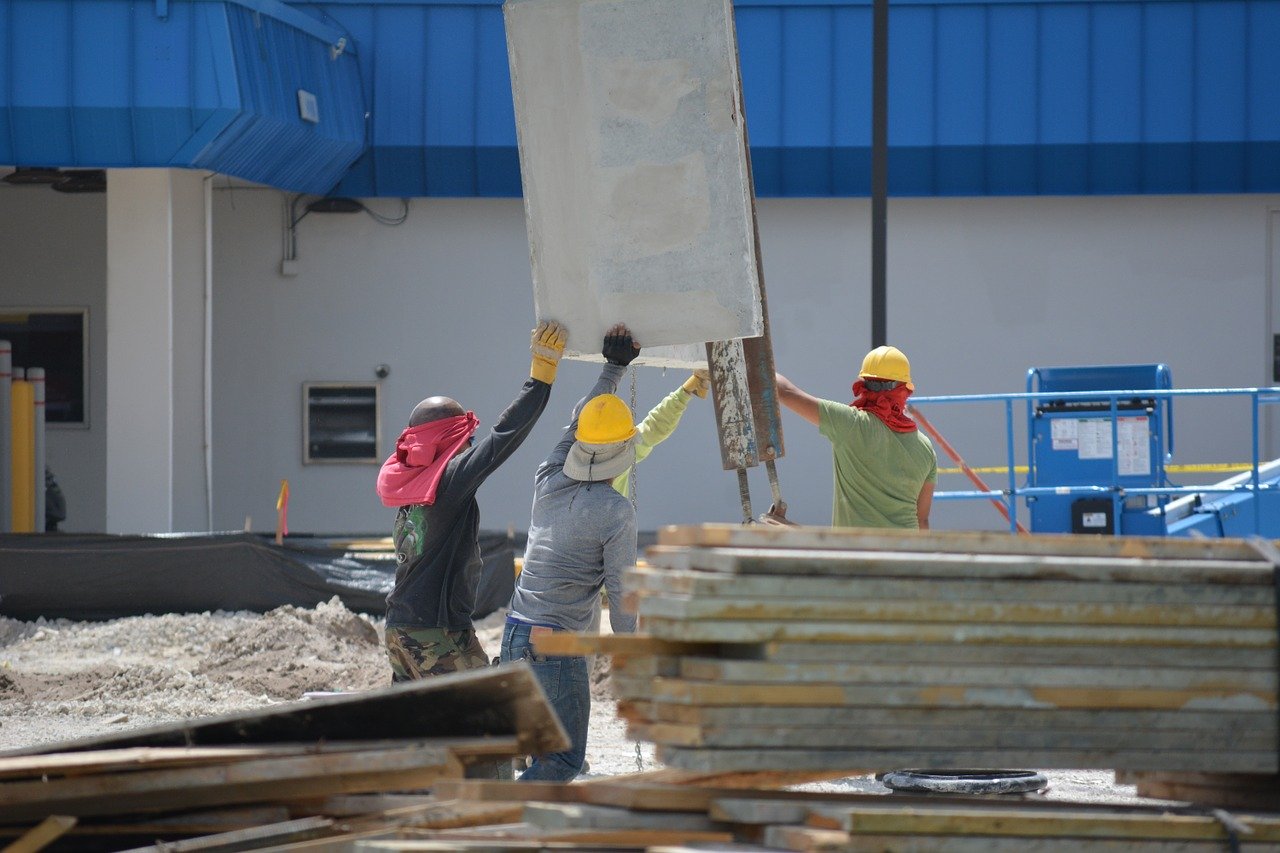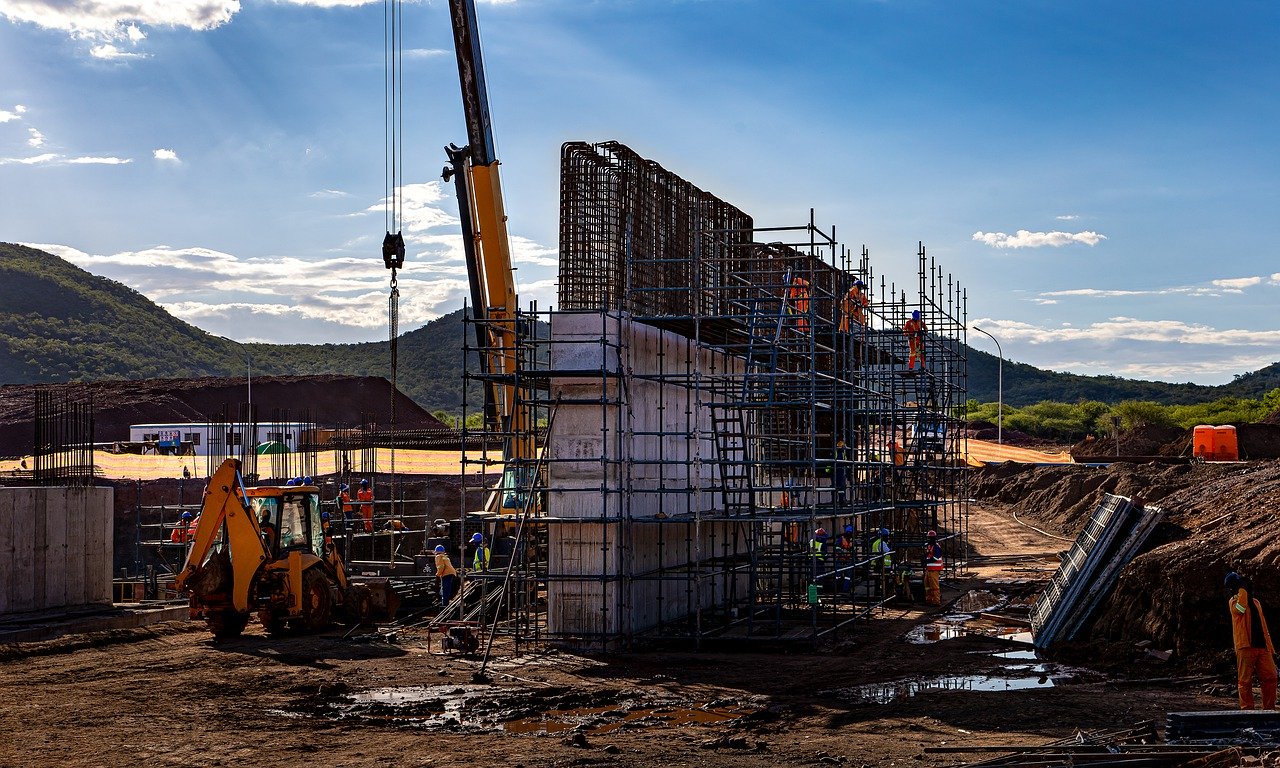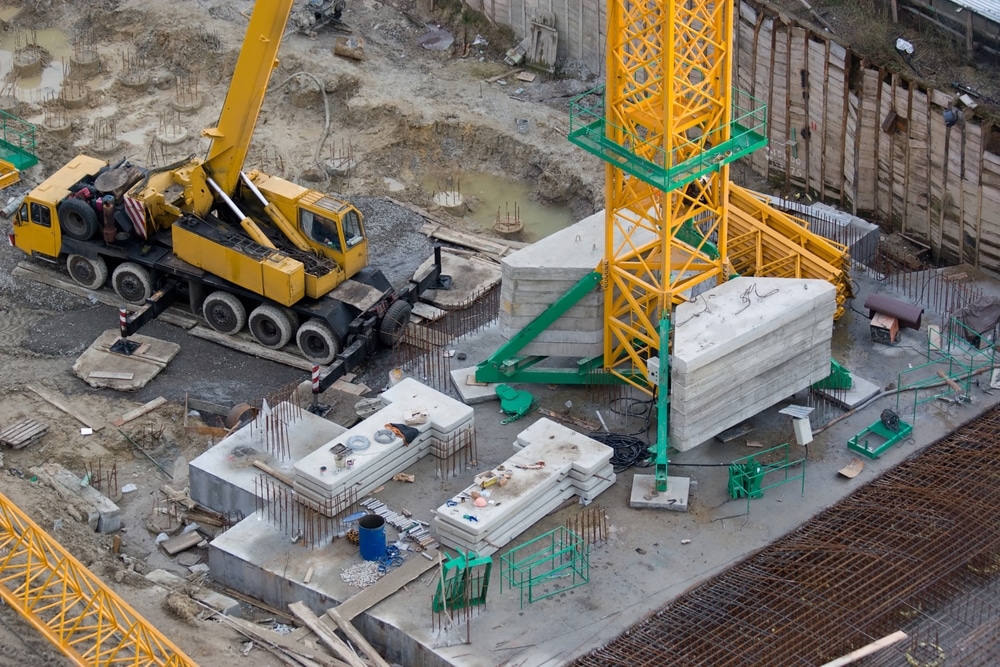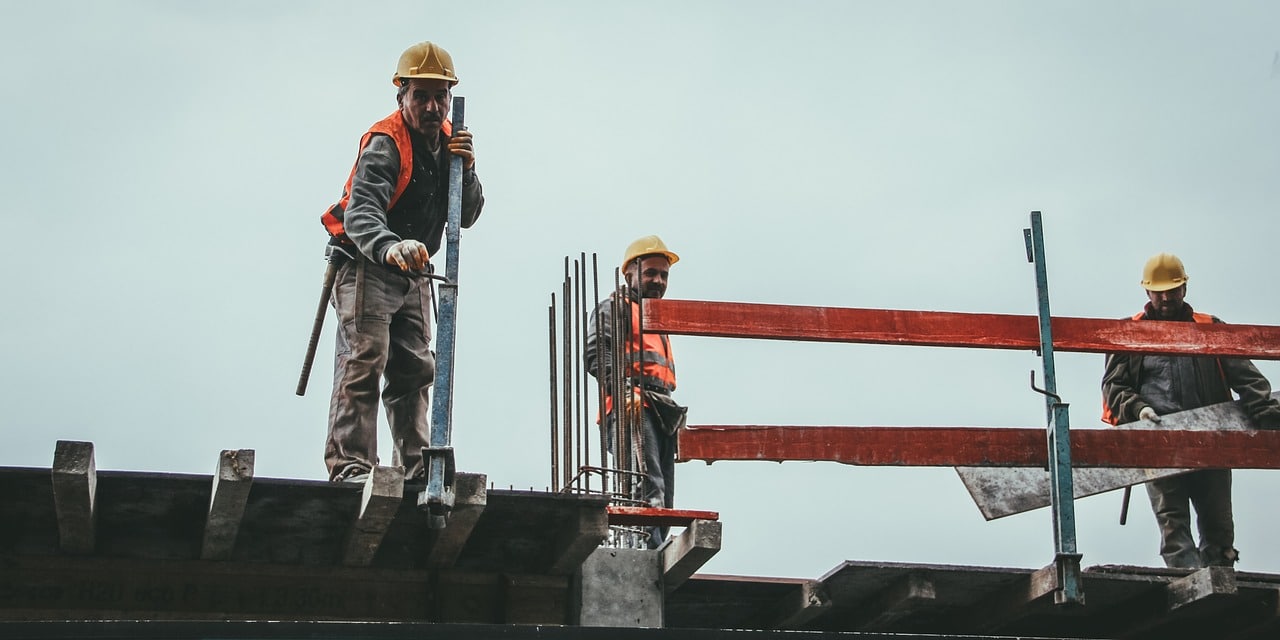In many respects, the answer to the question “How has COVID affected the construction industry?” is “less than most other sectors.” Despite a temporary halt in construction during pandemic lockdowns, the impact on construction was relatively short-lived. Because this was internationally viewed as an essential industry, often taking place outside, construction companies and their staff were able to resume something approaching normal working conditions surprisingly rapidly.
Nonetheless, the industry has changed radically since February 2020. From an explosion in remote work to the wider economic impacts on clients and construction businesses alike, the impacts of the pandemic continue to reverberate. Below, we consider the question, “How has COVID affected the construction industry?”—we’ll review its impact in specific areas, including the often intangible issue of COVID-related construction cost increases.
Free eBook: Digital by Default – How COVID-19 affects construction now and in the future
1. Impact of social distancing
Some construction jobs require close-proximity teamwork. Even so, advanced daily planning has seen many firms mitigating the impact on construction by proactively planning workers’ daily positioning. Some companies have introduced limits on the number of staff in defined areas, while the increasing adoption of RPE (rate of perceived exertion) also helps to mitigate risks. More stringent safety and work procedures have been introduced by many businesses, with legislation likely to follow.
There’s been greater adoption of flexible work schedules. Staggering start times and lunch breaks minimise the number of employees gathering in cafeterias or around clock-in machines at the same time. Despite their obvious benefits, additional nightshifts have been less widely adopted. Obstacles include working safely in the dark and a lack of enthusiasm among employees.

2. Impact of remote working
Despite piecemeal attempts to encourage staff back into the office, many employees are reluctant to resume lengthy daily commutes to sit in air-conditioned offices in close proximity to coughing colleagues. Many existing buildings also struggle to accommodate large numbers of people as they adhere to social distancing rules, especially in larger office complexes. Yet working from home requires closer management, both to maintain productivity and to counter mental health issues surrounding isolation and self-reliance.
Further reading: Are 3D-printed buildings the future of sustainable construction?
While on-site construction personnel are largely working as before, architects, accountants, and marketing staff are increasingly working remotely. This reduces the scope for brainstorming and pre-emptive problem-solving, at a time when many site plans and approved projects require modifying to meet post-COVID expectations. Cybersecurity is also a higher priority in the age of mass remote working. We recommend a post-COVID risk assessment on IT systems, probing for weaknesses.
3. Impact of economic shocks
When answering the question, “How has COVID affected the construction industry?” this is the biggest unknown—and the greatest area of concern. Construction during pandemic restrictions was a short-term blip, but the ramifications of ongoing lockdowns around the world endure, notably in China. Add war in Ukraine and spiralling global materials/components costs, and we have a volatile and unpredictable macroeconomy.
While there’s still a high desire for well-built homes, we anticipate declining demand for retail space as consumer budgets shrink. Commercial office space demand is also wavering, thanks to the switch to working from home. Public funding is less available in many countries than it was pre-pandemic, and deteriorating economic health is placing some key construction projects on hold while additional funds are sought or pre-pandemic feasibility studies are revised.

4. Impact on construction budgets
Finally, we have to acknowledge construction cost increases due to COVID. Many firms have absorbed these increases short-term to honour existing contracts. Yet those costs will ultimately be passed on to clients, affecting everything from residential property asking prices to commercial rents. Supply chain costs have also spiked, resulting in a trend for paying smaller subcontractors early to maintain their cash flow.
Read more: Five benefits of inspection reporting software
It’s impossible to specifically segregate the financial impact on construction during pandemic-related events versus other geopolitical occurrences. Even so, profit margin expectations declined throughout 2020, and have yet to return to pre-pandemic levels. It makes the adoption of cost-monitoring, efficiency-boosting construction management software essential.
Facing an uncertain future
We’ve seen that the impact on construction during pandemic-related restrictions was both brief and less severe than in many other industries. Some sectors were completely prohibited (air travel, personal services), with others still to recover (retail, hospitality). Yet there remains ongoing uncertainty about the future impact of construction cost increases due to COVID, and broader changes to the types of construction projects that will be green-lit. Expect to see fewer commercial premises with a single central stairwell and a solitary point for people to gather when a fire alarm sounds. Expect to see more diversification of construction project portfolios to mitigate impacts on a particular industry or property type.
If you’d like to know more about the future of the construction industry, check out the LetsBuild webinar directory, or our detailed directory of ebooks and industry insights.




